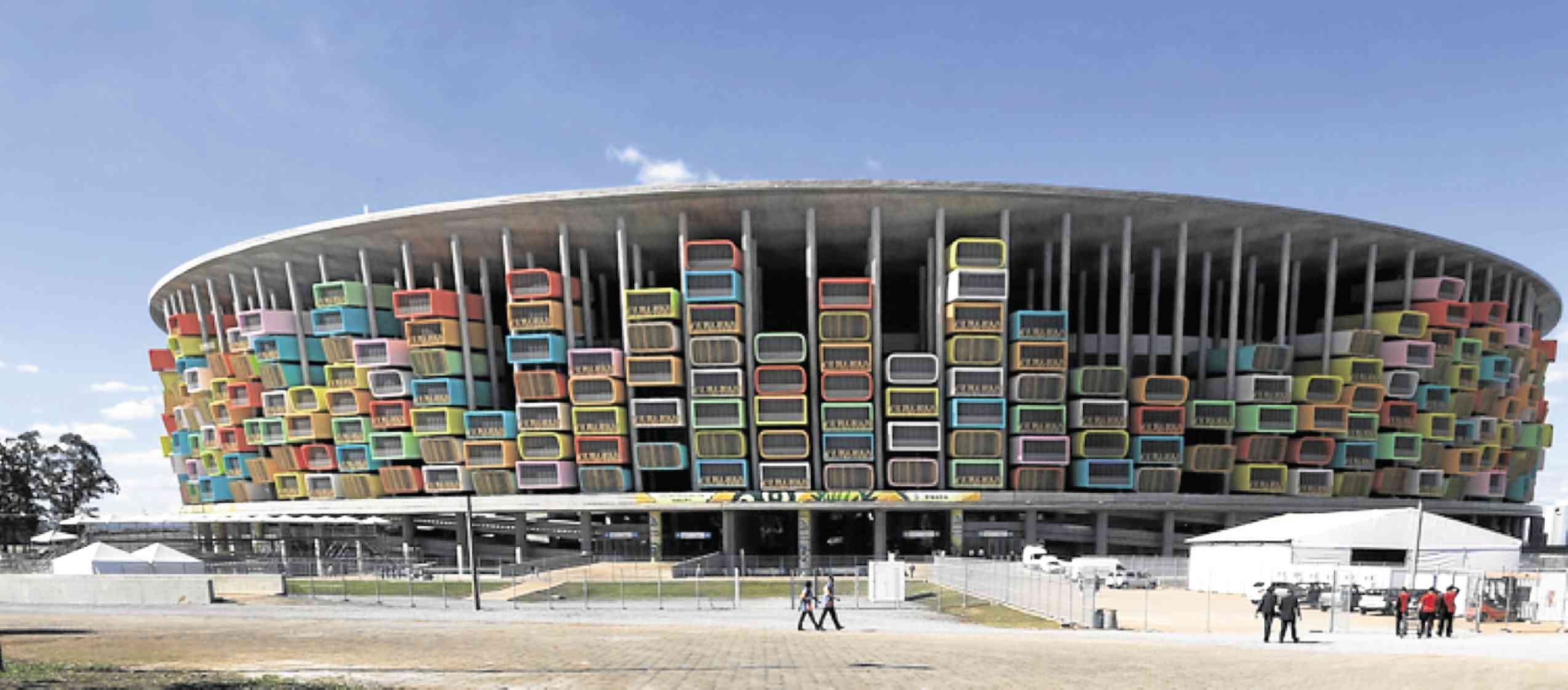Creative solutions to housing
Shelter is one of man’s most primitive needs. Unfortunately, not everyone’s needs can be addressed. Housing, particularly for the poor, seems to be a problem faced not only by the Philippines, but by many countries as well.
Given this universal challenge on housing, we can, however, find unity in diversity. People all over the world combat the same problem but with different approaches—some more unique than others. While none of these are guaranteed to work for everyone, varying degrees of success suggest they are worth trying.
Let us explore unique ways other nations have tried to solve the housing problem and see if these can be used to improve our own situation.
Stadiums into shelters
During its preparation for the 2016 Olympic Games, Brazil faced criticism over its lavish spending on structures for sports.
Article continues after this advertisementDisplacing about 250,000 people in Rio, the stadiums took up precious land and had reportedly worsen the housing challenges in the city.
Article continues after this advertisementIn an attempt to make these mega structures more useful, French architects Axel de Stampa and Sylvain Macaux proposed turning stadiums into community housing. Dubbed as the “Casa Futebol,” the said concept suggested building modular homes around the building’s envelope.
The construction and maintenance of the homes would be financed by the continuous use of stadiums for matches. By visiting the stadium, fans would not only enjoy a game of football, but would also help the city fight homelessness.
Sustain homes with billboards
Another team from Slovakia proposes the use of a rather common part of the urban skyline to provide housing. Called the “Project Gregory,” the idea by the firm Design Develop suggests using billboards as shelter for the homeless.
The project prototype is a triangle-shaped residence that features billboard spaces across its three facades. Similar to “Casa Futebol,” the concept revolves around a self-sustaining model. Construction and utility requirements would be funded by proceeds from billboard advertisements.
Accessibility with escalators, gondolas
Once the kingdom of drug lords and violent gangs, the Columbian city of Medellin now boasts of a hillside community on the way to healing.
The catalysts of peace are unassuming pieces of mechanical equipment—an escalator and a cable car system. Proposed by local architect Carlos Escobar, the installations provided easier access to the hilltop that sheltered some of Columbia’s most unstable communities. With easier transit, people were able to escalate a hill equivalent to 28 stories in just under six minutes.
According to former Mayor Anibal Gaviria, the transportation system helped unite the city’s residences both physically and figuratively.
It promoted a sense of belongingness across the different barrios of the city, breaking down social barriers and territorial claims.
Turn idle buildings into shelters
In the face of a housing crisis, any idle building can be a potential shelter. This proves to be the case for the community of King County, Washington. The region has been converting unused public buildings into homes for the homeless.
Some of the repurposed structures fill in their new roles easily. A health center has been converted to a family shelter. A warehouse became an accommodation for cottages. Others, meanwhile, are more difficult to accept due to social standards and pre-conceived notions.
In particular, the King County Jail, which housed minimum-security inmates until 2012, received much attention as of late. The structure reuses some of the jail’s facilities to house the homeless. Despite protests from citizens, King County Executive Dow Constantine defended the plan: “If I have the opportunity to ensure a warm, safe place for even one additional person…I will.”
Housing is a global problem. The fact that it’s widespread enables us to see multiple solutions across those affected. Some solutions may seem too imaginative or eccentric, but the experiences of others show that they do work.
Maybe it’s time to think out of the box and tackle this problem with our creative juices. Unorthodox measures just might hold the key to providing everyone with a roof over their heads.
Sources: www.curbed.com; Young Shanahan via flickr.com; www.1week1project.org; https://inhabitat.com; https://edition.cnn.com
